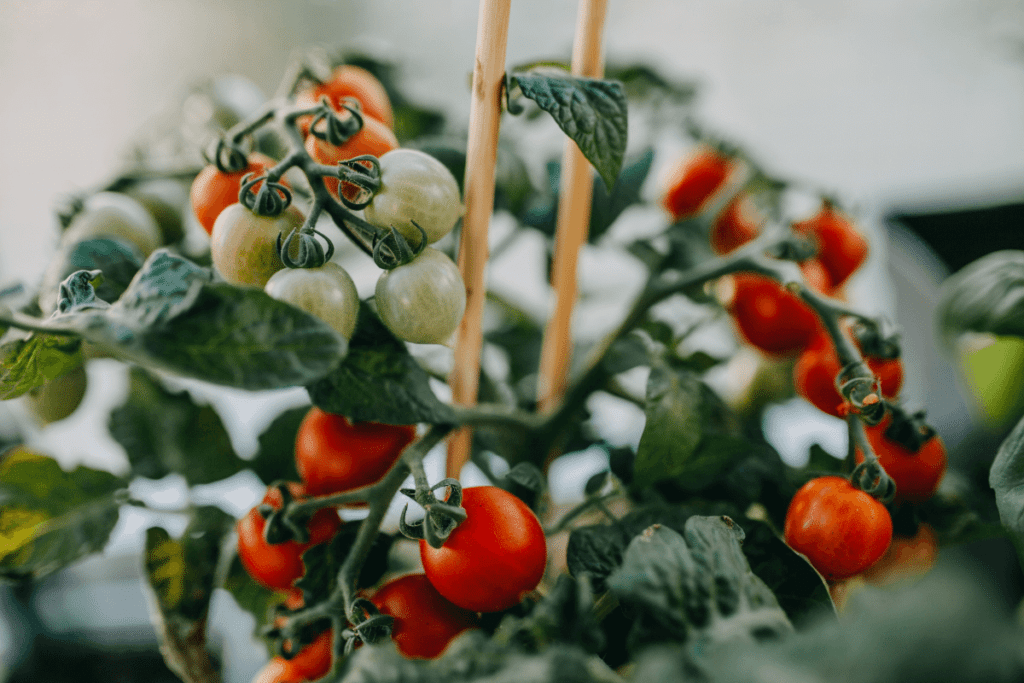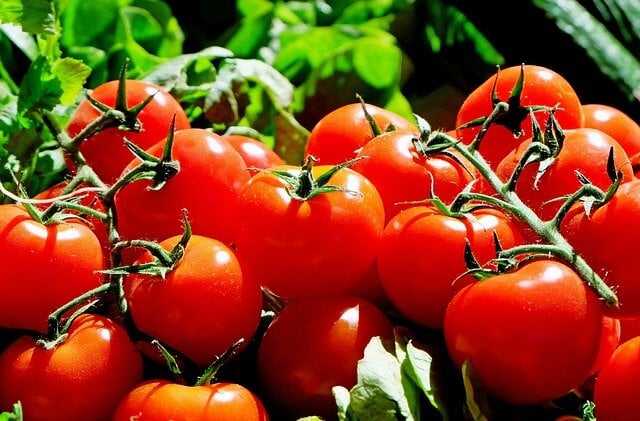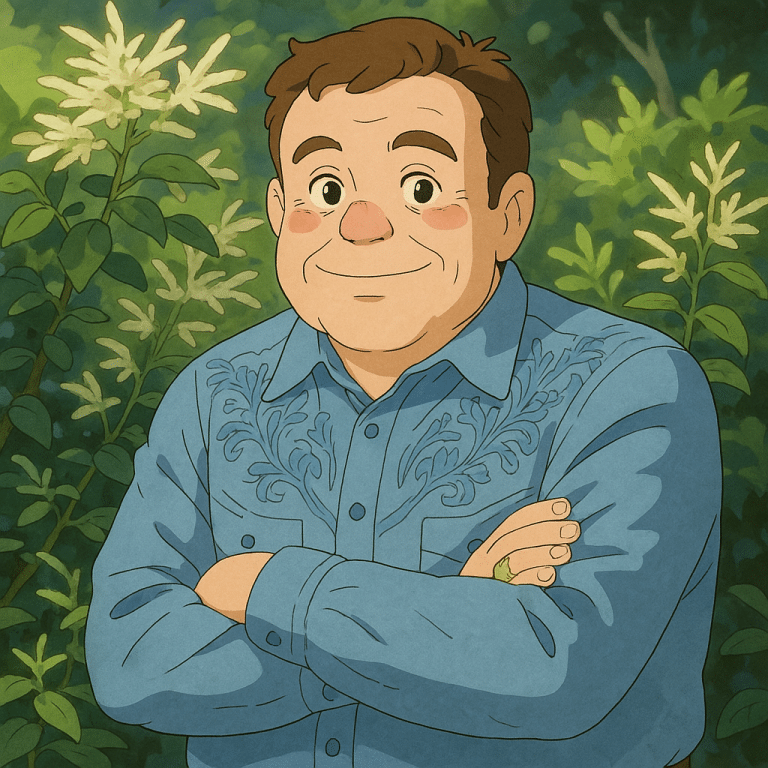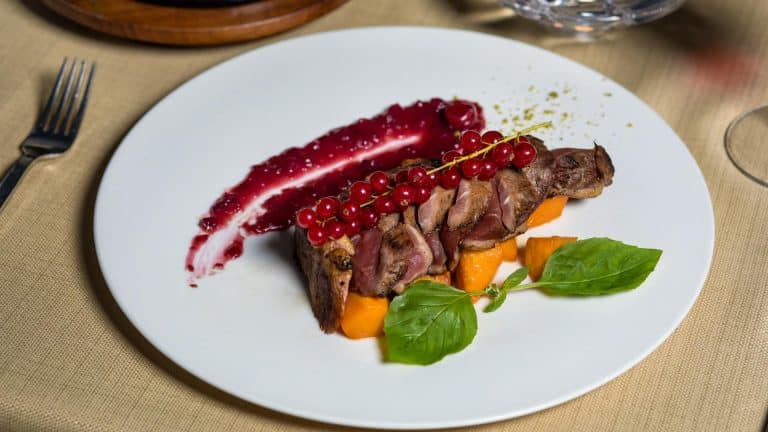Nothing breaks a gardener’s heart faster than watching those beautiful tomato plants you’ve nurtured for weeks suddenly develop crispy brown edges, yellow splotches, or sunken white patches on the fruits. I learned this the hard way during my first indoor cultivation tomato experiment, when half my crop developed mysterious burns despite my careful attention. After years of trial and error (and many lost tomatoes), I’ve discovered that plant burning rarely has just one cause – it’s usually a perfect storm of multiple factors working against your plants.
Understanding Tomato Burns: It’s Not Just About Sunlight
When most gardeners see brown spots on their tomatoes, they immediately assume it’s sunburn. While intense sunlight can certainly cause damage, I’ve found that true plant burning in tomatoes typically stems from one of six main culprits that often get overlooked. The good news? Once you understand these causes, prevention becomes remarkably straightforward.
1. Nutrient Overload: When Too Much Love Hurts
Early in my gardening journey, I believed that more fertilizer meant bigger, better tomatoes. Boy, was I wrong! Over-fertilization, especially with nitrogen-rich formulas, creates a toxic soil environment that essentially pickles your plant’s roots. The first signs appear as yellowing leaf edges that gradually turn brown and crispy – often mistaken for sun damage.
The solution isn’t complicated: flush your soil with plain water until it runs clear from the drainage holes. I now use organic compost tea instead of chemical fertilizers, which provides gentle, slow-release nutrition without the burn risk. A simple soil test kit (about $15 at garden centers) takes the guesswork out of feeding schedules.
2. Heat Stress: The Silent Growth Killer
During last summer’s heatwave, I noticed my greenhouse tomatoes started curling their leaves like little green cigars – a classic distress signal. Tomatoes thrive between 70-85°F (21-29°C). Beyond that, photosynthesis slows, flowers drop, and fruits develop those ugly yellow patches called sunscald.
My go-to cooling tricks: install 30% shade cloth over greenhouse sections, use light-colored mulch to reflect heat, and water deeply in the early morning. For potted plants, I simply move them to afternoon shade when temperatures spike above 90°F (32°C).
3. Artificial Light Mishaps: Indoor Growing Pitfalls

When I switched to indoor tomato cultivation, I made every lighting mistake in the book. Hanging LEDs too close caused bleached spots on leaves. Running lights 24/7 stressed plants to the point of flower drop. The key lies in mimicking natural conditions: 14-16 hours of light daily for vegetative growth, reducing to 12-14 during fruiting.
Invest in a full-spectrum LED with adjustable height – I keep mine 18-24 inches above mature plants. A $20 timer automates the perfect light cycle, preventing both burnout and stunted growth.
4. Watering Woes: Finding the Sweet Spot
Tomatoes are notoriously finicky about moisture. Underwatering causes leaves to crisp at the edges, while overwatering leads to yellowing and root rot. My golden rule: stick your finger two inches into the soil – if it’s dry, water thoroughly until it drains from the bottom.
Drip irrigation systems solved my consistency issues, delivering moisture directly to roots without wetting leaves (which invites fungal diseases). In containers, self-watering pots maintain ideal moisture levels automatically.
5. Sunscald: Protecting Your Prized Fruits
Nothing’s more disappointing than watching nearly ripe tomatoes develop leathery white patches. Unlike leaf burn, sunscald occurs when fruits get direct, intense sunlight without foliage protection. I learned to avoid over-pruning and use lightweight shade cloth during peak summer sun.
For existing damage, harvest affected fruits early and let them ripen indoors on a windowsill. They won’t win beauty contests but still taste great in sauces!
6. Soil and Container Considerations
Many gardeners overlook how container choice affects burn risk. Dark plastic pots absorb heat, cooking roots on hot days. I switched to light-colored fabric grow bags that stay cooler and allow better air pruning of roots. Always ensure containers have adequate drainage holes to prevent salt buildup from fertilizers.
Proactive Protection: My Tomato Burn Prevention Checklist
After years of troubleshooting tomato burns, I’ve developed this simple routine:
- Weekly soil moisture checks(finger test or moisture meter)
• Morning watering only (avoiding foliage)
• Balanced organic feeding (compost tea every 2-3 weeks)
• Temperature monitoring (simple max-min thermometer)
• Adjustable light systems for indoor grows
• Strategic shading during heatwaves
• Regular leaf inspections for early warning signs
Remember, prevention always beats treatment. By maintaining consistent growing conditions and catching issues early, you’ll enjoy blemish-free tomatoes all season long. Happy growing!













